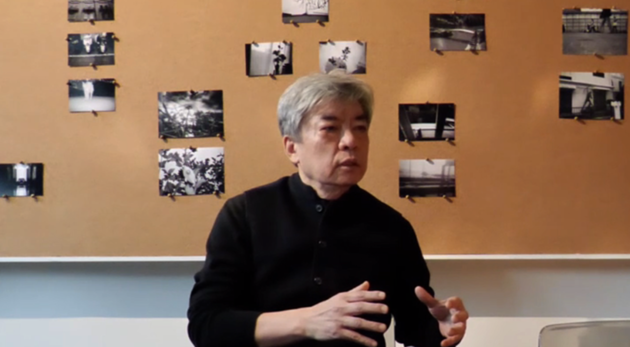
On March 7th, I met with Liu Jiakun, the 2025 Pritzker Architecture Prize winner and a Chengdu-based architect, at his "Yulin Song Project Space."
His works, such as West Village·Basis Yard (often West Village) and Luyeyuan Stone Sculpture Art Museum, reflect his understanding of Chengdu's characteristics. His architecture is imbued with wisdom, capable of elevating the spirit and fostering emotional connections.
The Pritzker Prize official website announced the 2025 Pritzker Architecture Prize winner this week, with Liu Jiakun receiving this internationally recognized highest honor in the field of architecture.
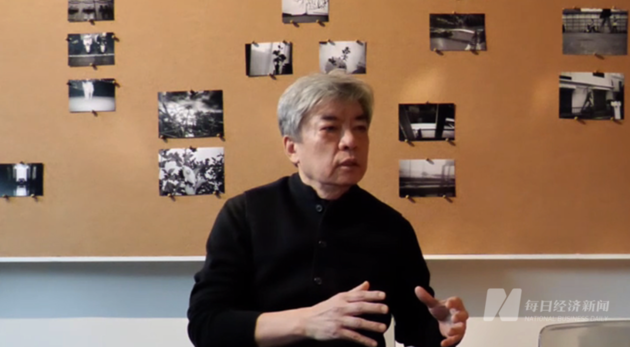
Photo/Chen Zhengyang (NBD)
In Liu Jiakun's view, the atmosphere and characteristics of his hometown Chengdu have long been integrated into his life and work. Whether it is the West Village in Qingyang District of Chengdu or the Luyeyuan Stone Sculpture Art Museum in the river beach bamboo forest of Pidu District, both interpret this architect's understanding of Chengdu's characteristics.
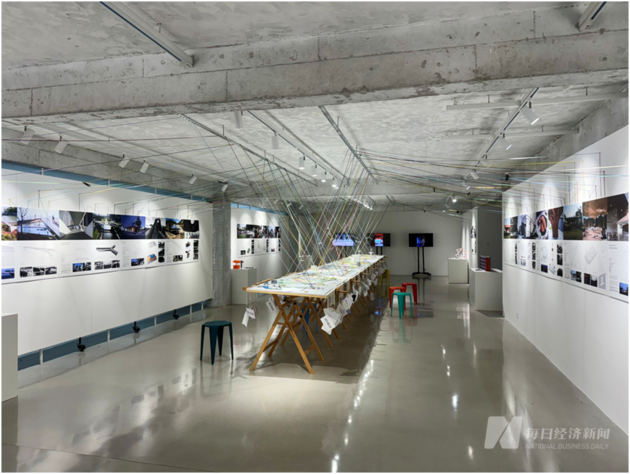
Photo/Zheng Yuhang (NBD)
Chengdu: Deep Soil of Culture Nurturing Creation
"Although my ancestral home is in the north, my affection for Chengdu is beyond words. This is my hometown," Liu Jiakun said to me before the interview even began.
Liu Jiakun was born and raised in Chengdu, and ultimately chose to take root and work here. "I am a Chengdu native, and it is only natural for a Chengdu native to work in Chengdu, right?" Liu Jiakun remarked.
In his eyes, the inclusiveness of Chengdu is its greatest charm. This inclusiveness brings leisure and has become the nourishment for his work and thinking. The transcendence and mystery of the Sanxingdui culture have also subtly permeated his design philosophy, becoming a unique spiritual mark in his works.
"The transcendence and mystery of Sanxingdui will unconsciously seep into one's bones and eventually become a certain characteristic of your work." Liu said. This cultural nourishment allows Liu Jiakun's works to showcase modern architectural functions while also containing a profound historical and cultural heritage.
"Liu Jiakun uplifts through the process and purpose of architecture, fostering emotional connections that unite communities,"remarks Tom Pritzker, Chairman of the Hyatt Foundation, which sponsors the award."There is a wisdom in his architecture, philosophically looking beyond the surface to reveal that history, materials and nature are symbiotic."
Design: Architecture in Harmony with the Local Character
"Liu continues to practice and reside in Chengdu, China, prioritizing the everyday lives of fellow citizens through his works." the official Pritzker Architecture Prize Media Kit introduce.
Take West Village, located at No. 1 Beisen North Road, Qingyang District, Chengdu, for example, this five-story building, covering an entire block, contrasts sharply with the typical mid-rise buildings around it.
Liu Jiakun designed open yet enclosed sloping paths for cyclists and pedestrians, encircling this vibrant urban space. It can host a variety of cultural, sports, entertainment, official, and commercial activities while allowing the public to appreciate the surrounding natural and architectural environment through the facade.
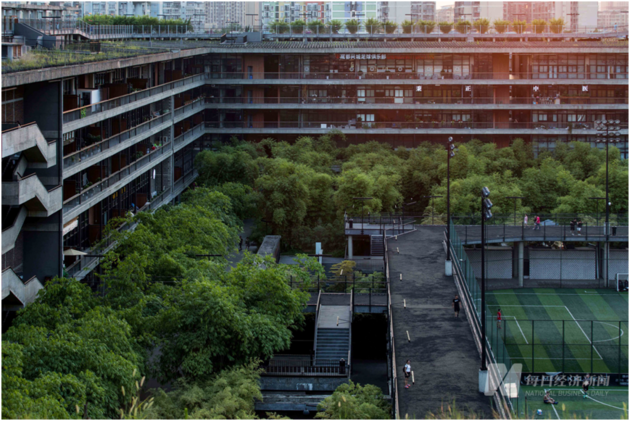
West Village·Basis Yard (photographed by Arch-Exist Photography) Photo/provide to NBD
"When designing West Village, I wanted to create a public space where citizens could fully participate, just like the city of Chengdu, which is inclusive and full of vitality," he said. He integrated the characteristics of Chengdu people's love for life and sociability into the design, making West Village a true urban living room where people gather, communicate, and share good times.
Luyeyuan Stone Sculpture Art Museum, located in the river beach bamboo forest of Pidu District, is another example.
Liu Jiakun adhered to the concept of not destroying the original natural environment and built the museum in the gaps of the forest. He regarded the forest clearings as bright halls, the bamboo forest as dark halls, and the building as an artificial hall, allowing them to blend and connect with each other.
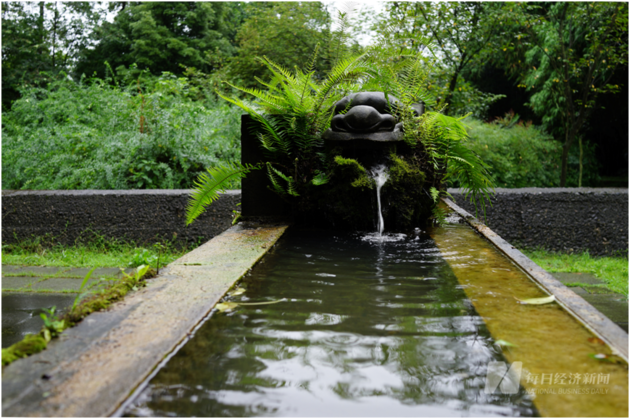
Luyeyuan Stone Sculpture Art Museum (Photographed by Jiakun Architects) Photo/provided to NBD
Luyeyuan Stone Sculpture Art Museum is hidden in the embrace of the bamboo forest, with architecture and nature in harmony. It reflects Liu Jiakun's reverence for nature and respect for local culture. "In Sichuan, this seemingly casual, weed-like growth of architecture is easily accepted because it is in harmony with the local character," Liu Jiakun noted.


 川公网安备 51019002001991号
川公网安备 51019002001991号





